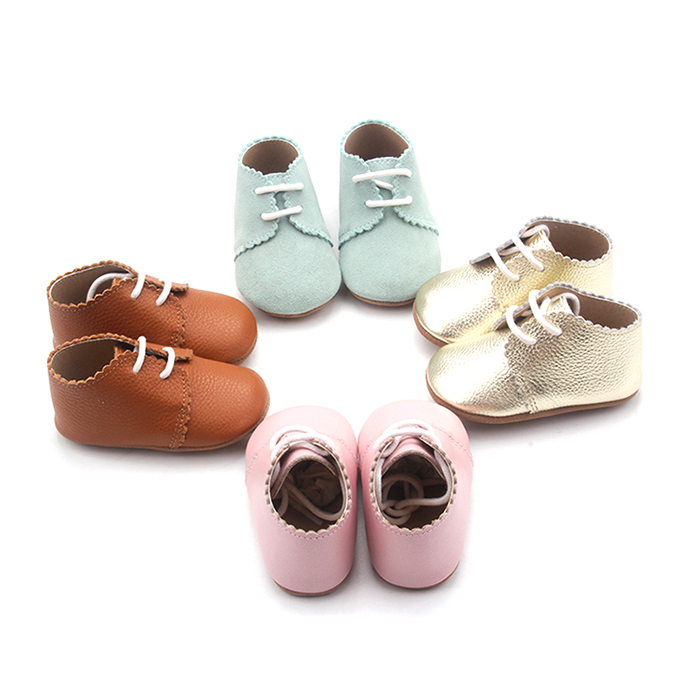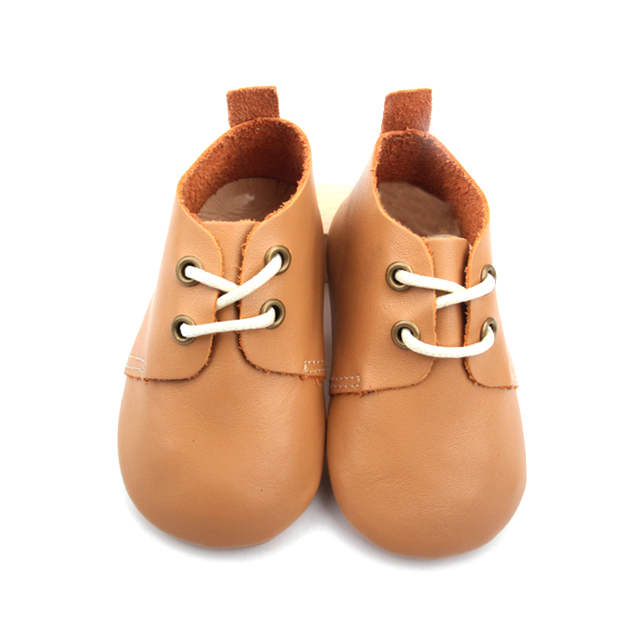Baby oxford shoes is an all season products. They are always popular in America, Australia and Europe market. It is a gentle style which suits for little baby gentleman and girls. We have two main kinds, including flower edge and smooth edge.
Flower Edge Baby Oxford Shoes:
Smooth Edge Baby Oxford Shoes:
kid oxford shoes,christening baby shoes,baptism baby shoes,black oxfords Shenzhen Baby Happy Industrial Co.,Ltd , https://www.bbabyshoes.com

Cheap fashion into the new darling of consumer spending
The financial crisis has not only reshaped the global economic order but also deeply influenced people's life concepts and lifestyles, leading to subtle yet revolutionary changes. In the Chinese fashion industry, a fierce competition between luxury and mass-market brands has intensified. As ordinary consumers, many of us now find ourselves caught between the allure of luxury and the appeal of affordability—so, who would you choose?
The luxury sector, once a highly profitable industry, has been hit hard by the global financial crisis. Global luxury consumption has declined rapidly, with analysts at JPMorgan Chase predicting at least a 4% drop in sales for 2009. Renowned brands like Chanel have faced serious economic challenges, recently announcing plans to lay off 200 employees—about 10% of their workforce. According to Saito Kazuhiro, editor-in-chief of Vogue Japan, the global luxury market had already been saturated several years ago. After the collapse of Lehman Brothers, luxury sales plummeted. In Italy, Versace is struggling even more than in Japan, where the luxury market has long since lost its former shine.
Although China’s economy continues to grow, many luxury brands are bypassing the country, opting instead to expand abroad. However, even their sales in China are not looking optimistic. British brand Burberry, for instance, has resorted to heavy discounts, with some items sold at as low as 1.5 times the original price.
Meanwhile, the rise of affordable, fast-fashion brands has accelerated. The economic crisis has pushed consumers toward more budget-friendly options. Credit Suisse analysts noted that luxury sales dropped by 10% in the first half of the year compared to the same period last year. At this point, fast fashion brands like ZARA, H&M, Uniqlo, and Muji have stepped in to fill the gap. Originating from Europe and the U.S., these brands offer stylish designs at low prices, supported by efficient logistics and management systems. Though they may not carry the same prestige as luxury giants, they place great emphasis on branding, often locating their flagship stores in high-end shopping districts next to luxury brands.
As *Time* pointed out, this strategy has made fast fashion the biggest winner during the economic downturn. In China, fast fashion is evolving rapidly and being widely imitated. Brands like CROBI in Guangdong, San Fu in Fujian, E in Zhejiang, and Susie in Shanghai are taking a different approach from traditional fashion labels. Their "short, flat, and fast" model targets second- and third-tier cities, meeting the demand for affordable yet stylish clothing. This is their core strength and what makes them stand out.
Today’s Chinese consumers are becoming more rational in their clothing choices. They are no longer blindly chasing expensive brands as they once did. Instead, they seek personal expression through their style. Especially among younger generations, there's a strong openness to new trends. Surveys show that only 3% to 8% of consumers are willing to spend more on high-end clothing, while the majority prefer affordable, mid-to-low-end options. As a result, low-cost yet fashionable clothing has become the new trend in the apparel industry.
Take CROBI, for example. This French brand, operated in China by Guangzhou Sejong Clothing Co., Ltd., positions itself as a blend of international flair and affordability. It combines French branding, Hong Kong planning, and Japanese design, all while pursuing an international business model. In terms of market positioning, it avoids the highly competitive first- and second-tier cities and focuses on the vast third-tier market. This smart strategy allows it to maintain a fashionable image while offering lower prices, making it a pioneer in the low-cost fashion segment.
Though CROBI hasn't been in the Chinese market for long, it has already gained recognition and praise from both franchisees and consumers across different age groups. While luxury brands continue to flood into China, their main battlegrounds remain limited to a few major cities. In the broader second- and third-tier markets, low-cost fashion is quickly becoming the new favorite among consumers.